Mentoring und Aktion was an education and creation project inspired by Joseph Beuys, initiated by The German Cultural Center in Brașov, with the help of Goethe-Institute Bucharest and Transylvania University Multicultural Center in Brașov. It took place online and in person during November 2021 – March 2022.
The concept behind this educational and artistic endeavor began with the centenary celebration of Joseph Beuys’ birthday. So, The German Cultural Center in Brașov, under the hand of project-manager Ionela-Andreea Ghețe, proposed to the local public an education, creation and exhibition project in the spirit of the German artist, beginning with the specificity of his art, which sits at the intersection of sculpture, performance art, conceptual art, installation, eco practices and social and political activism.
Joseph Beuys was a member of the Fluxus movement and a conceptual artist, integrating into his practice notions of memory, trauma, transformation, archiving, democracy and the democratization of art. He was active in Europe and The US between the 50s and 80s and his approach was mostly based on action (action art), highlighting the process and duration behind it all. His research was founded on humanist ideas and social philosophy, along with “an extended definition” for art and the concept of gesamtkunstwerk as a social sculpture that shapes society and politics. His work also included many conferences and public debates related to these topics.
The Mentoring und Aktion education program was set up into three stages, the first consisting of online group meetings in the form of a conference/lecture/course/workshop hosted by four mentors – Dan & Lia Perjovschi, Irina Botea Bucan, Teodor Graur – for the participants, which were chosen through an open call – Adi Ducar, Alice-Andreea Feraru, Pop Gavril, Maria Mora, Roxana Morar, Ada Muntean, Bea Nagy, Diana Roşca. The call was addressed to anyone who sees themselves as an artist and is interested in their professional growth, no matter their practice or previous experience, age or other such criteria, following Beuys’ own example of open courses. During the group meetings, there weren’t just discussions on Beuys’ art and common threads between his work and the participants’, but also practical proposals for art works, exercises and methods for development. The second phase included individual working sessions in which every artist-mentor guided two participants in their process to elaborate a personal art work that would be included in a group show. The third phase took the form of setting up the very exhibition at the Transylvania University Multicultural Center in Brașov and organizing a debate based on a series of art and education related questions, such as:
- Is traditional artistic education necessary for young artists at the beginning of their careers? Is it enough?
- Who could truly support young artists in building a coherent professional route? And who would be willing to do so?
- What is the minimum amount of resources needed to build an artistic career? How much can creativity make up for the lack of material resources?
The debated was led by the mentors present (Irina Botea Bucan și Lia Perjovschi) and the project-manager (Ionela-Andreea Ghețe) and engaged the participants, and the public. The discussion gravitated towards the role of education in art, the hardships that artists face as they’re building their career and the role and relevance of art in the current social and political context.
One of the main reasons for which I applied to the open call and wanted to take part in this project was the concept of mentorship: complex and brave. I had always thought of Joseph Beuys’ practice and themes as such. I was also interested in coming into contact with the artist-mentors, whose activity I’ve been following for some time. The social situation in recent years, caused by the pandemic, has brought about a new paradigm and a very specific context for workshops that wouldn’t have taken place online or in hybrid form otherwise, only face to face. Mentoring und Aktion was a consequence of the pandemic, which gave way to online Zoom meetings with people from all corners of the country to take part in the first two stages of the mentorship: the group and individual meetings. An important aspect of this workshop was the concrete production of art works beginning with the what was discussed with the mentors – which, in the end, led to a coherent exhibition, tangible proof of a complex exchange of ideas and creative exercises.
With its theoretical and practical structure, inspired by Joseph Beuys’ vision of art, life and nature, Mentoring und Aktion encouraged the production of new artworks by artists from all walks of life: conceptual art, sculpture, installation, sketching, collage, assemblage and video art. In both his art works and his teaching career, Beuys declared that art in itself is not necessarily a profession, but more of a profoundly human attitude towards existence, which takes shape progressively. He also highlighted the activist dimensions of art within a society by forming a relevant and impactful social and political commentary. With his spiritual vision on the artist’s role in life and their context within society, Beuys blurred the borders between art and life, truth and fiction, revitalizing the concept of “reality” by highlighting the fact that social action guided by beliefs can “shape” reality.
An exciting element, which developed gradually and intuitively within Mentoring und Aktion, was the interactive and sensorial aspect found in most of the works elaborated by the young artists, the works being an invitation for the viewers to not only look, but also touch. Perhaps this need for touch and closeness was a consequence of a prolonged period of pandemic restrictions. The works exhibited took the shape of installations, produced with mixed media and using materials such as fur, leather, sponge, plastic, paper, wool, stone, steel, canvas, wood, video, sketch, assemblage or photography, on topics that were, on the one hand, rather self-referential, yet, on the other hand, aimed at finding a common thread, that being the invitation to interact with the objects.
The group mentoring sessions had distinct approaches, depending on each artist-mentor. And so, each mentor presented their artistic practice either as a presentation and discussion with the participants, or as related, in certain cases, to Beuys’ own practice.
Lia Perjovschi and Irina Botea Bucan’s approach was based on applied discussions and creative exercises using images, objects, words, concepts, sounds which prompted the participants to engage in small games/idea exchanges. Dan Perjovschi had a more pragmatic approach in which he quickly went over the systemic relationship between art institutions, the artist-gallery-museum-institute dynamic or contemporary art and possible mind-sets for the survival of contemporary artists, while also stating his own artistic route in the socio-political context of the 80s, 90s and 2000s. Teodor Graur prepared a complex presentation of his artistic practice, including his experiments with video, photography, performance art and mixed media, oftentimes in conjunction with Joseph Beuys’ approach, offering a social perspective on the artistic system during the era before the 1989 Revolution, which was affected by censorship, and the post-December period of the 90s.
The group and individual mentorship sessions were dense meetings as far as information goes, whether we’re talking about artistic production in itself, how art relates to a social context, short and long term vision and artistic evolution, institutional systems, ways of adapting and surviving as an artist (both nationally and internationally), the role of academia in artistic development, the role of alternative education in long term creative environments, or the importance of art as a process.
The workshop came full circle with the exhibition at the Transylvania University Multicultural Center in Brașov, where the participants’ works managed to visually and conceptually articulate the informational baggage exchanged and consumed over the course of the mentorship. And so, Mentoring und Aktion turned out to be one of the most comprehensive and complex workshops I’ve ever been part of and it proved to be a real source of inspiration and motivation during a time of social troubles – like the present time –, but also an alternative way of perceiving and envisioning a way forward as an artist.
POSTED BY
Ada Muntean
Ada is a Graduate of University of Art and Design in Cluj-Napoca and has a PhD in Visual Arts (2019), conceiving a research thesis entitled "The Human Body as Image and Instrument in Contemporary Art....
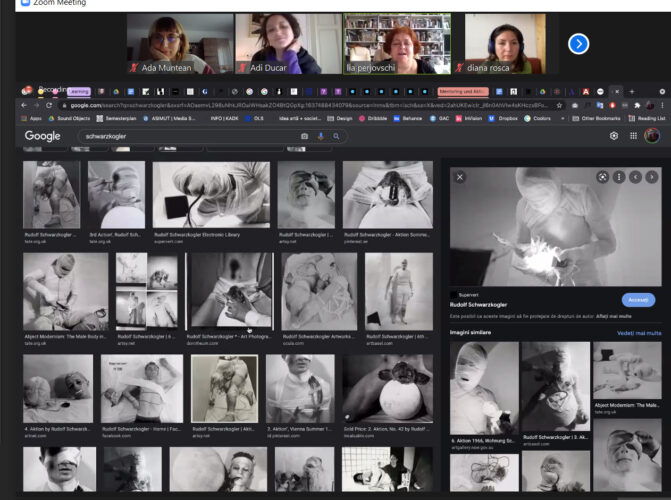
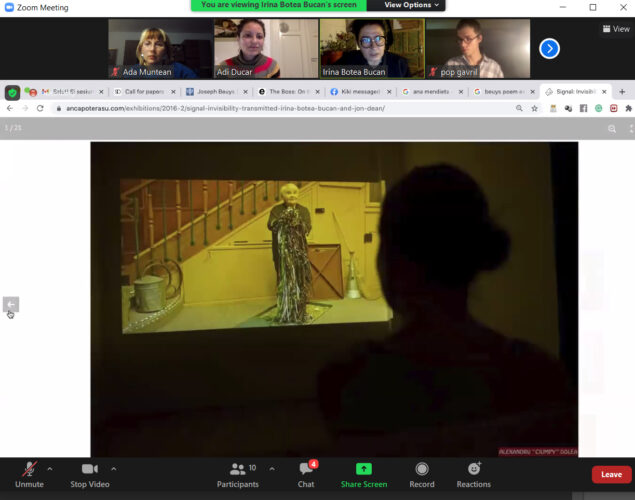
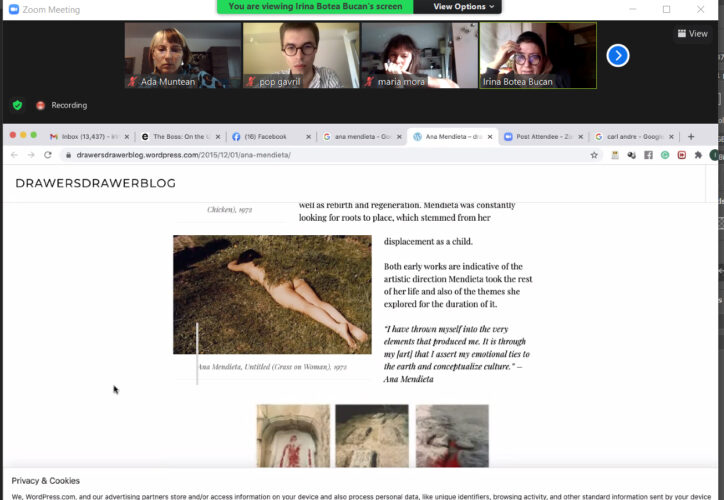
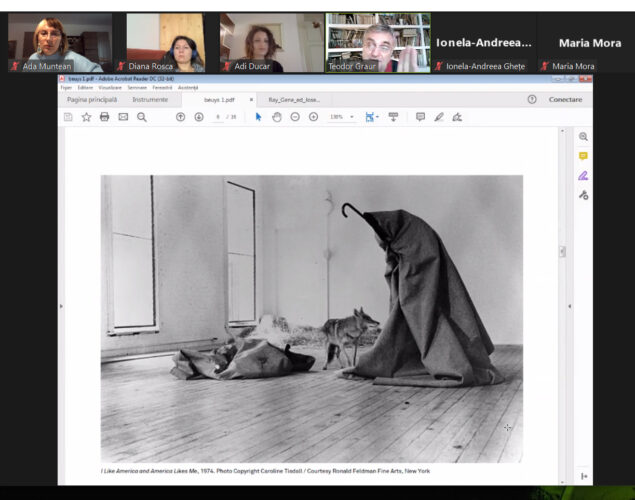
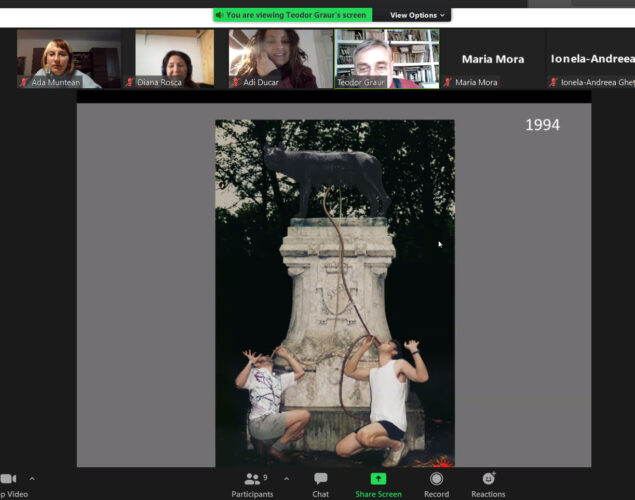
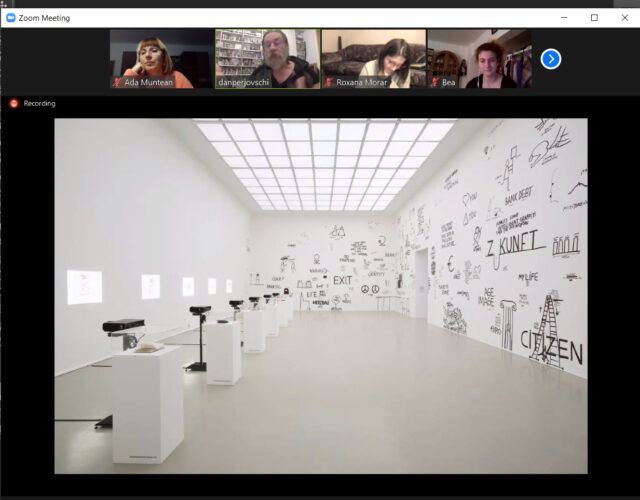
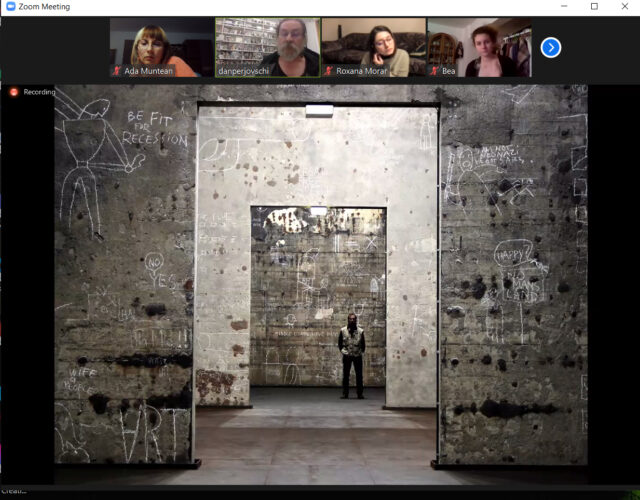
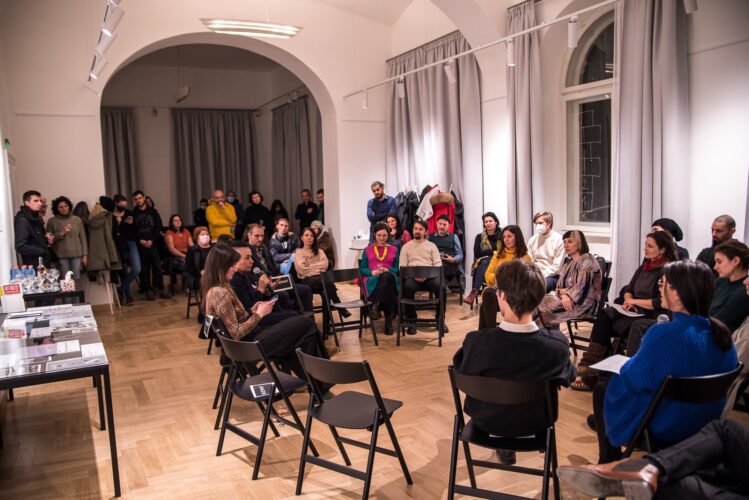
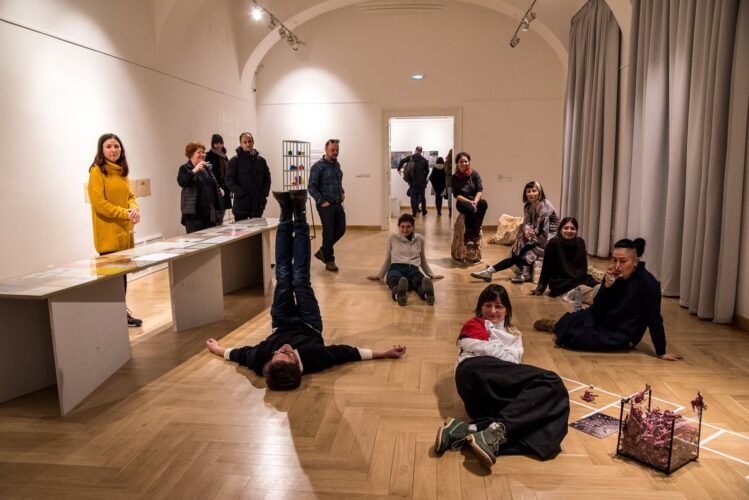
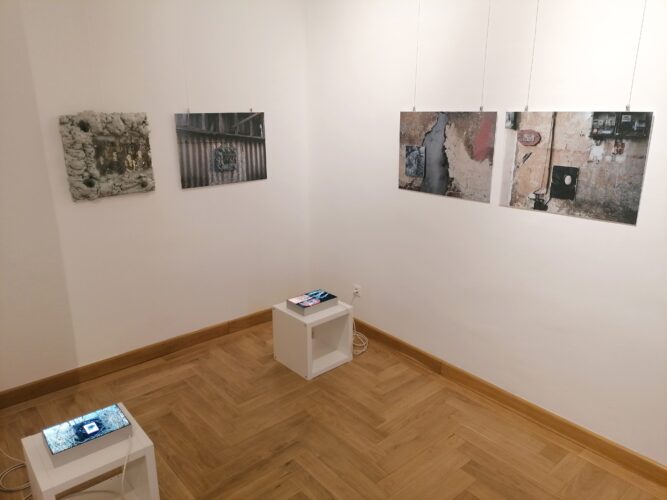
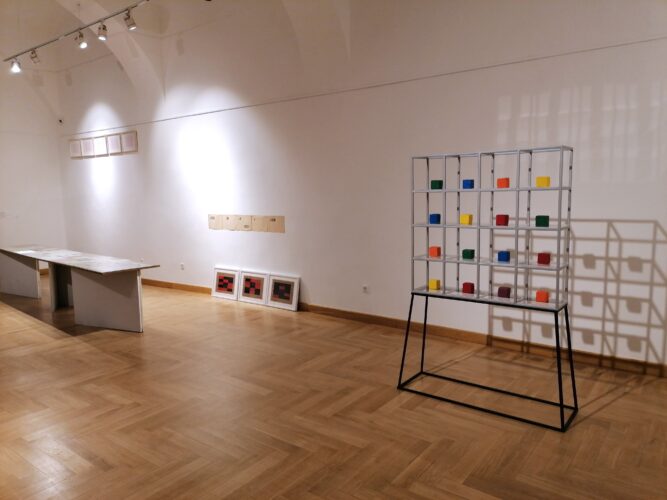
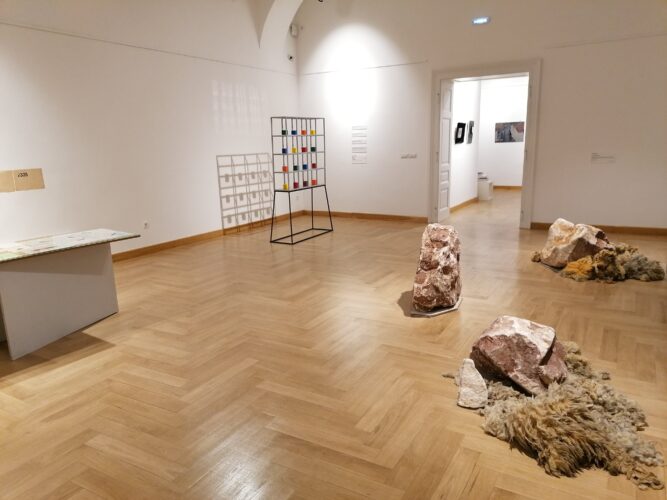
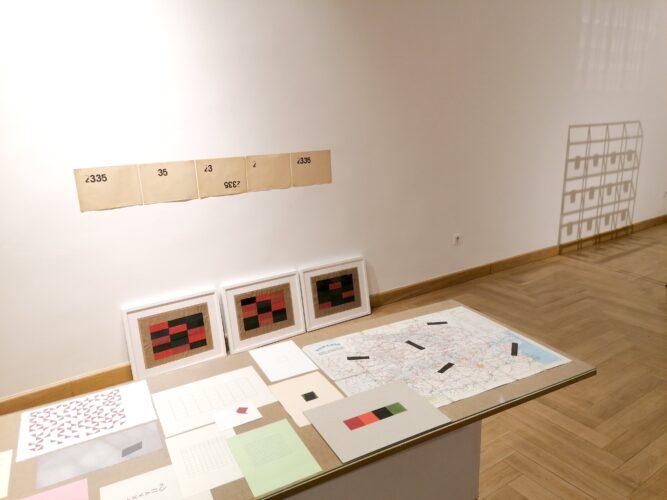
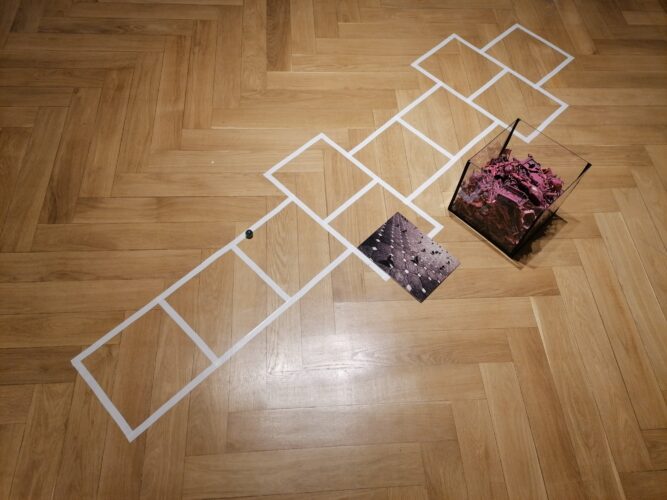
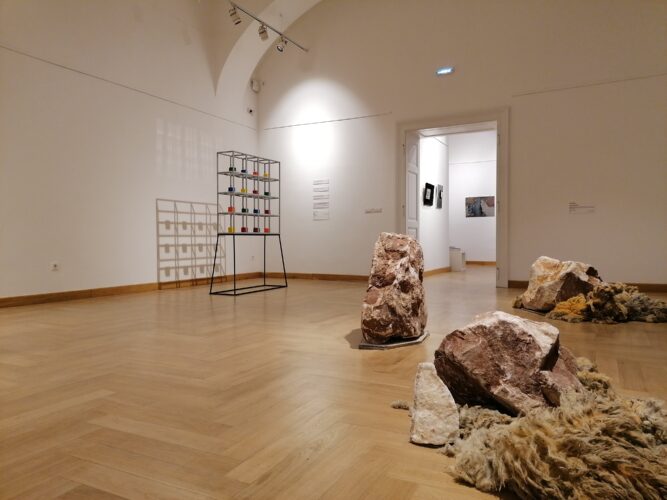
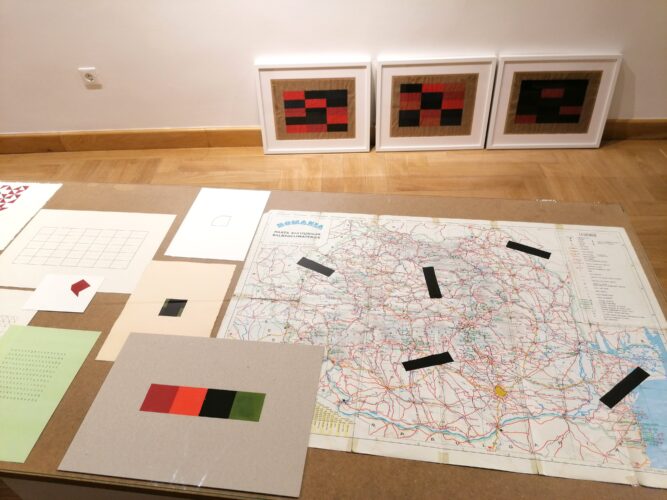
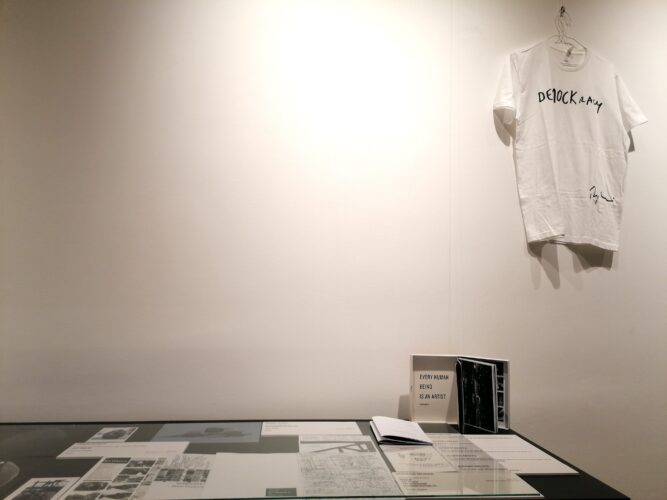
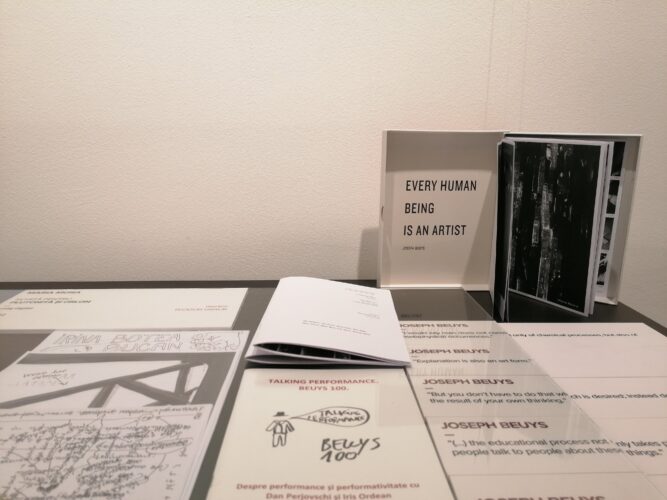
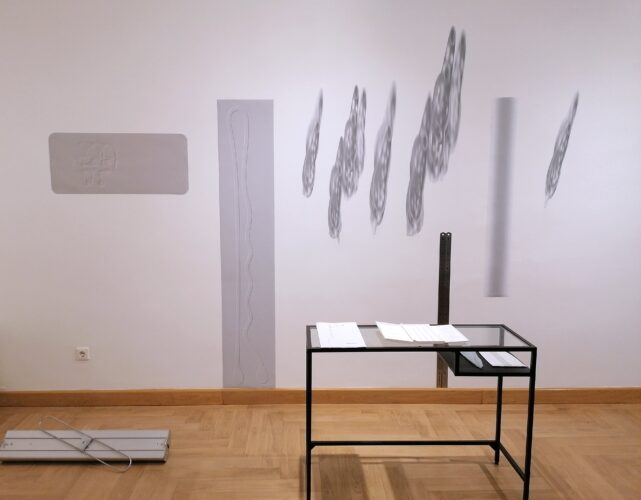
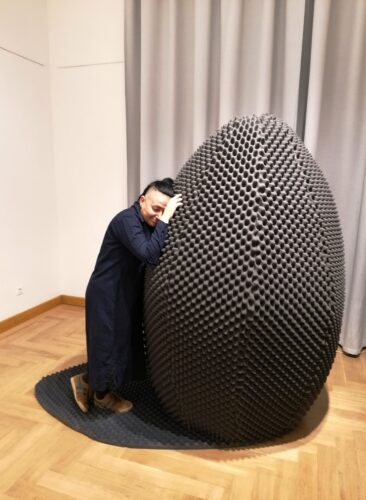
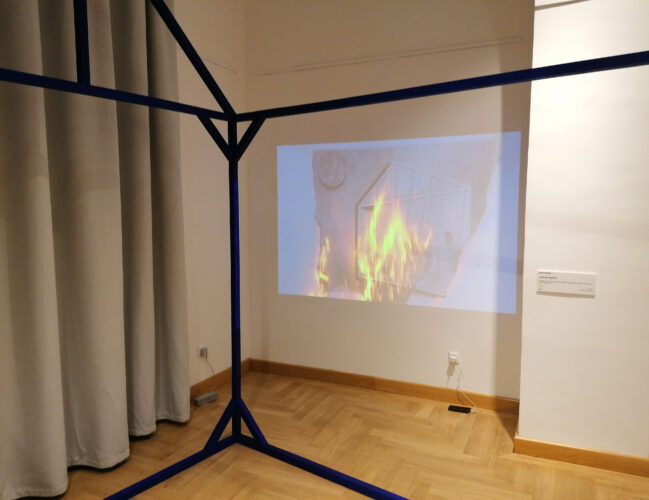
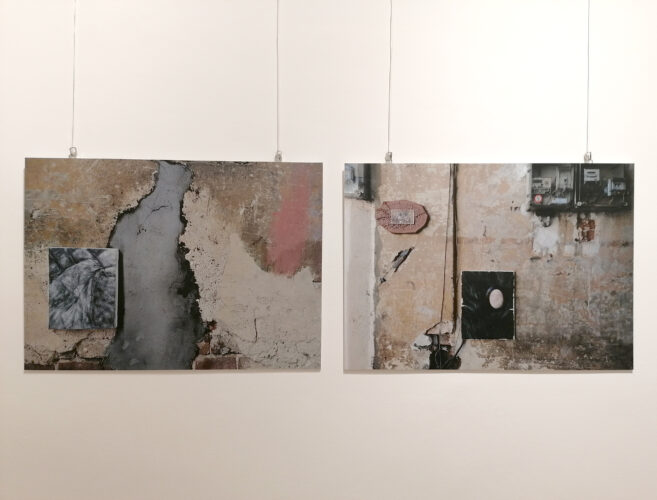
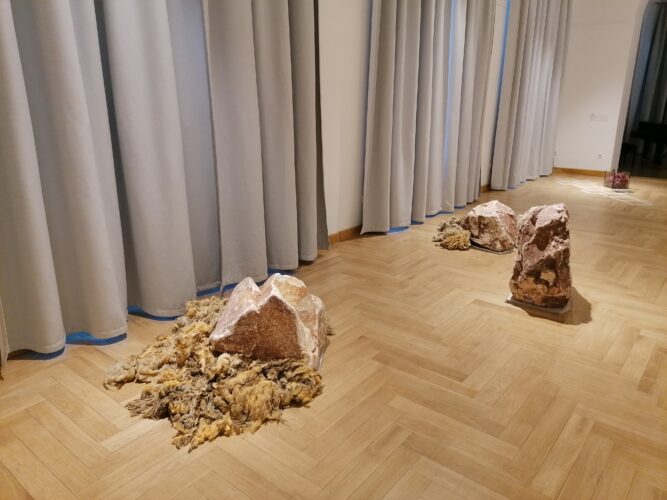
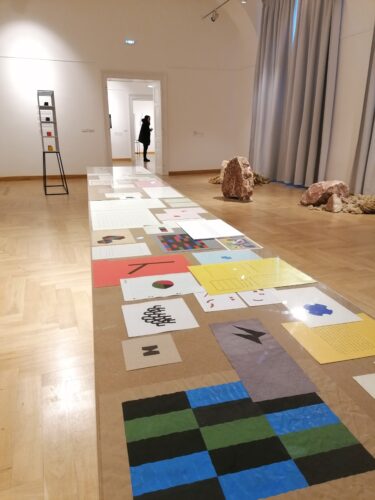
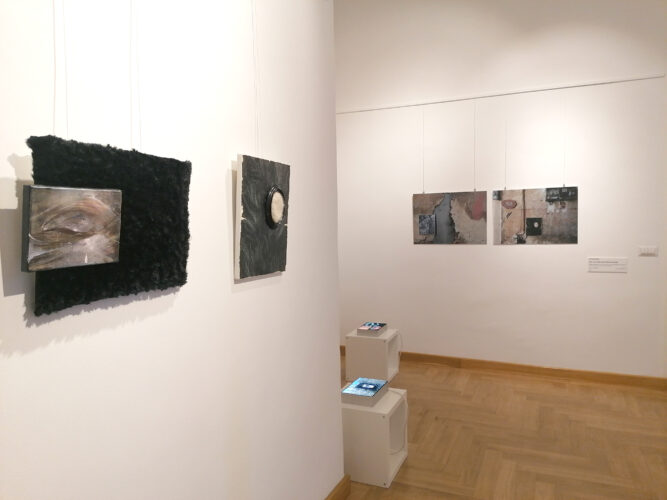
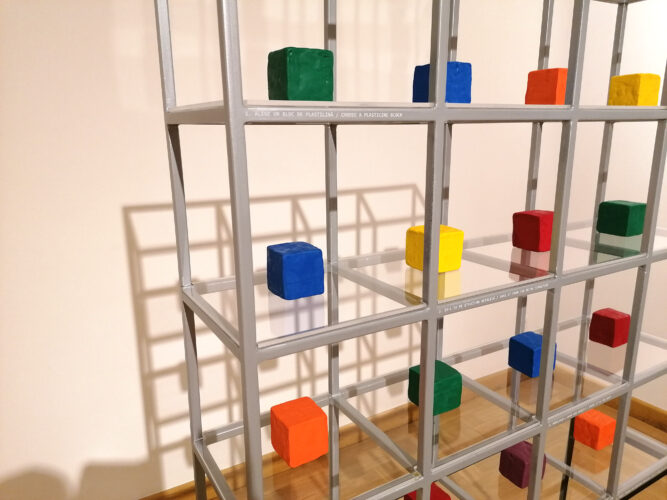
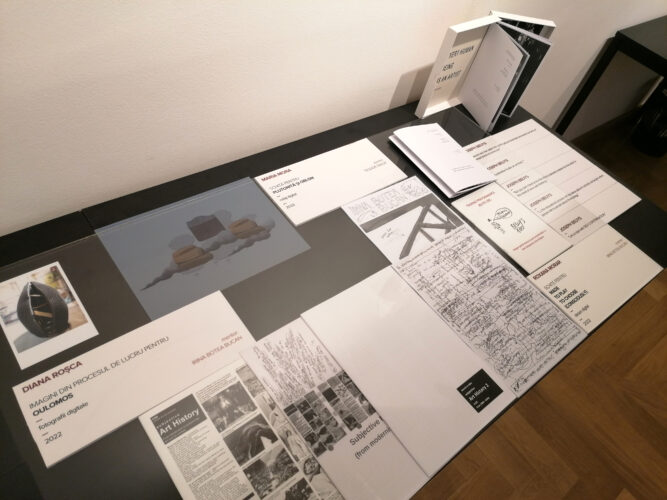
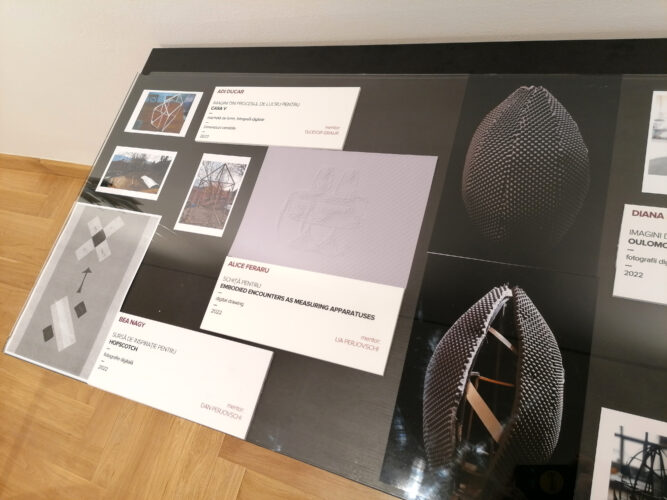
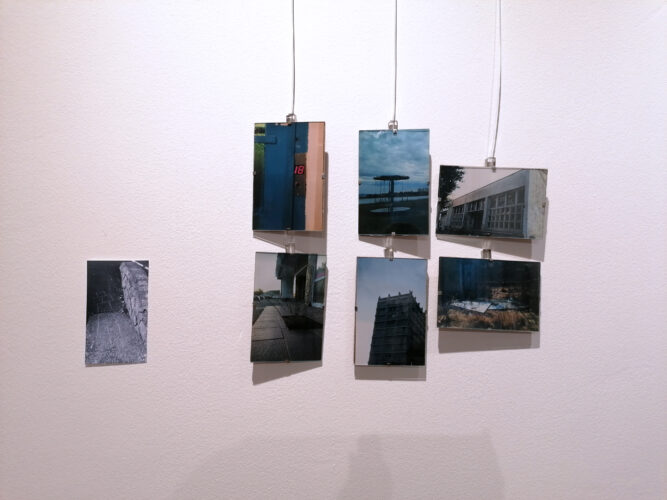
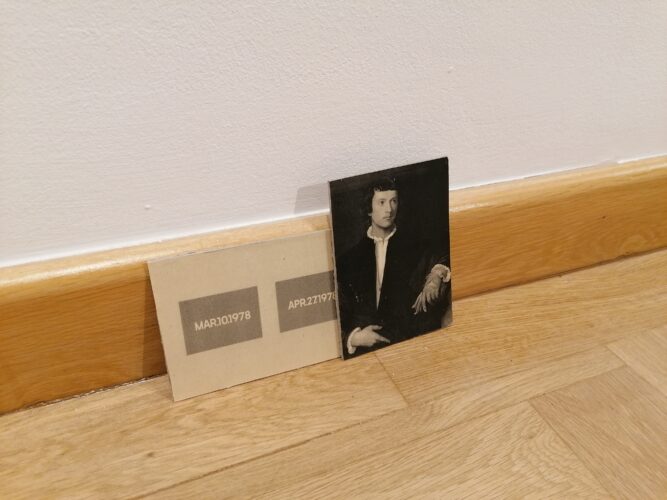
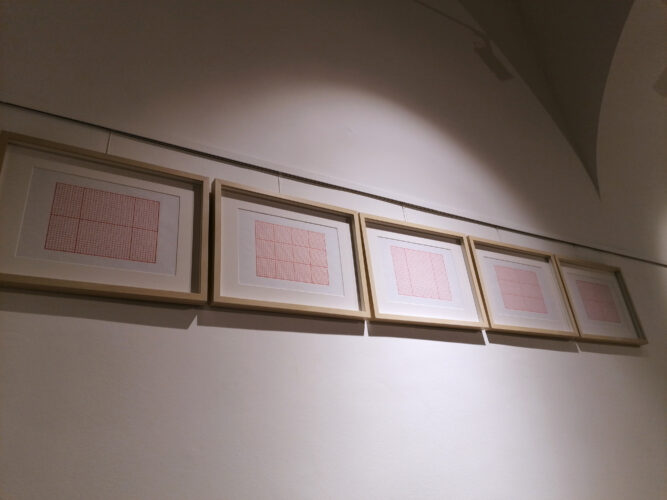
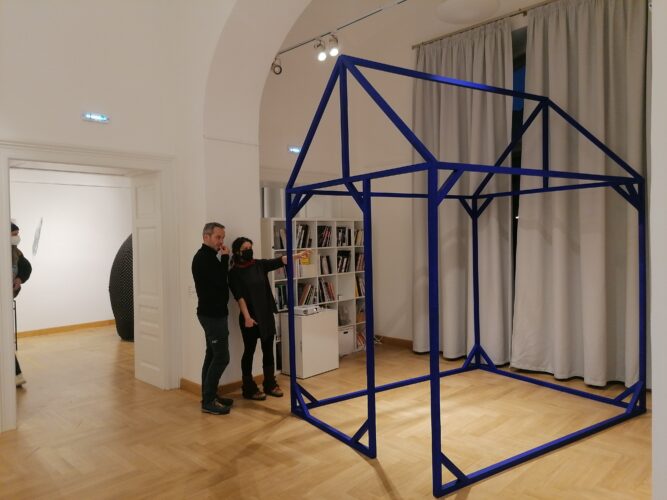
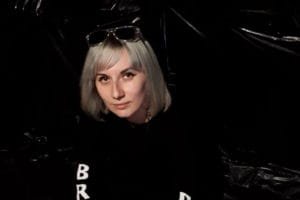
Comments are closed here.